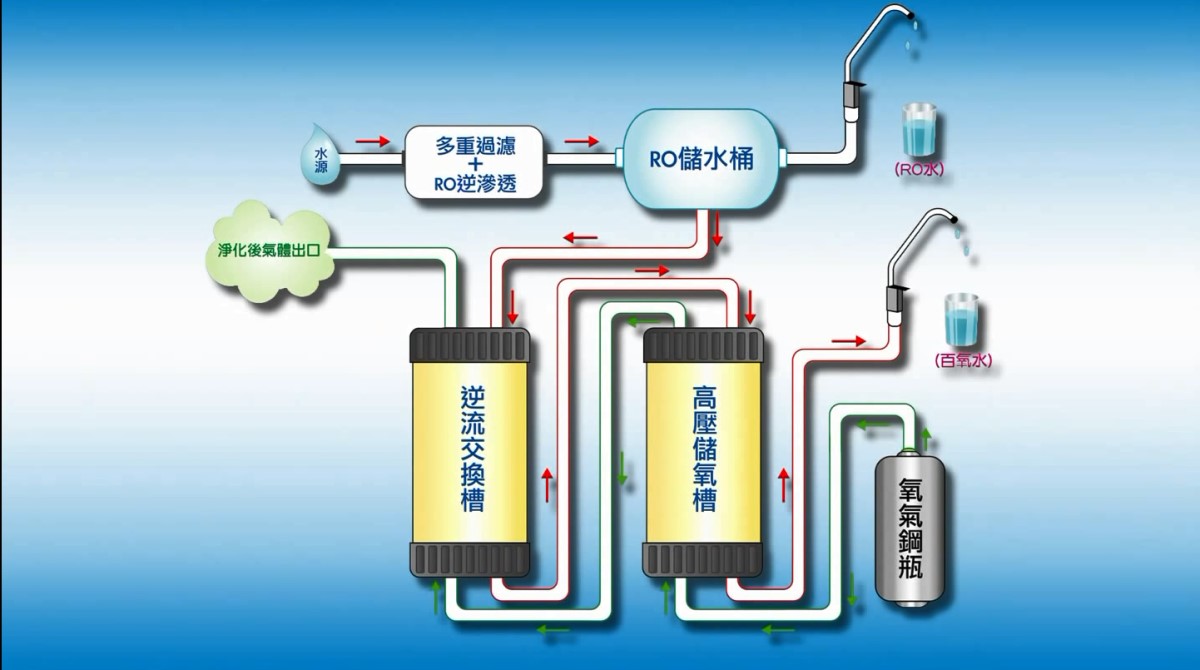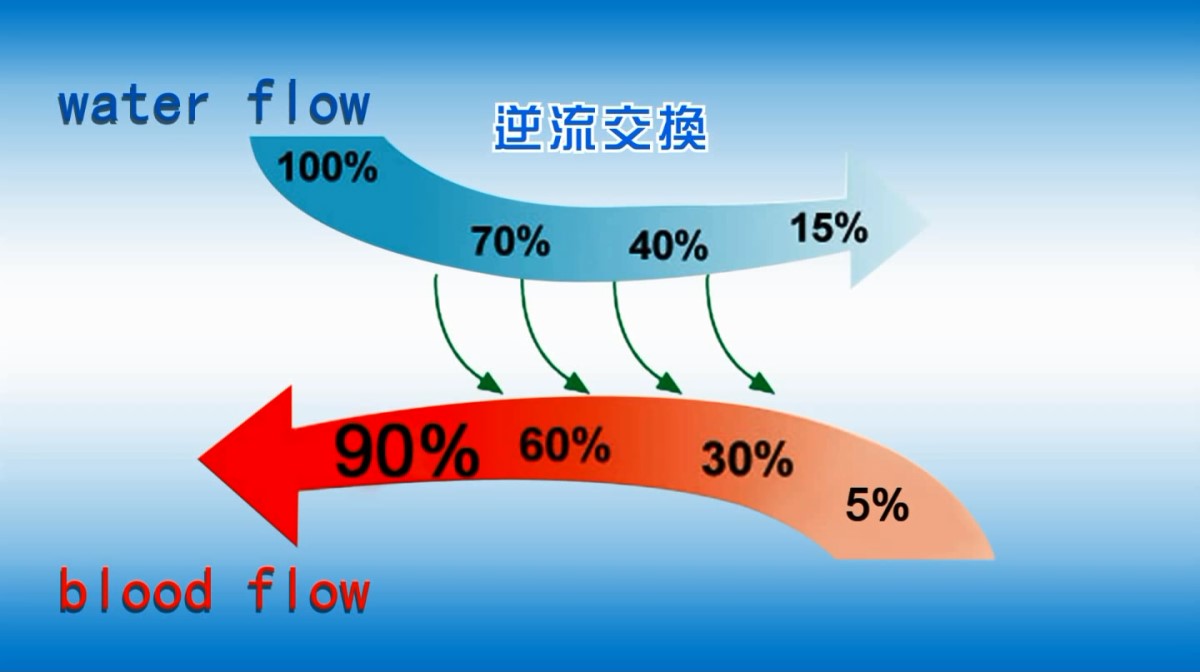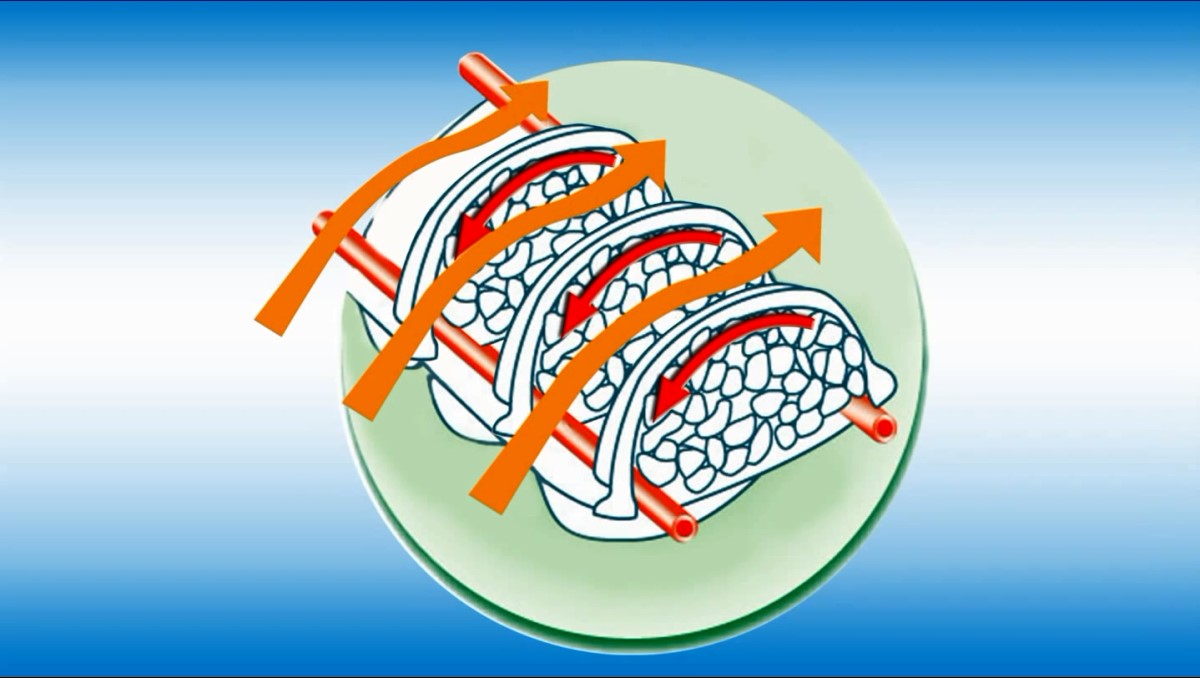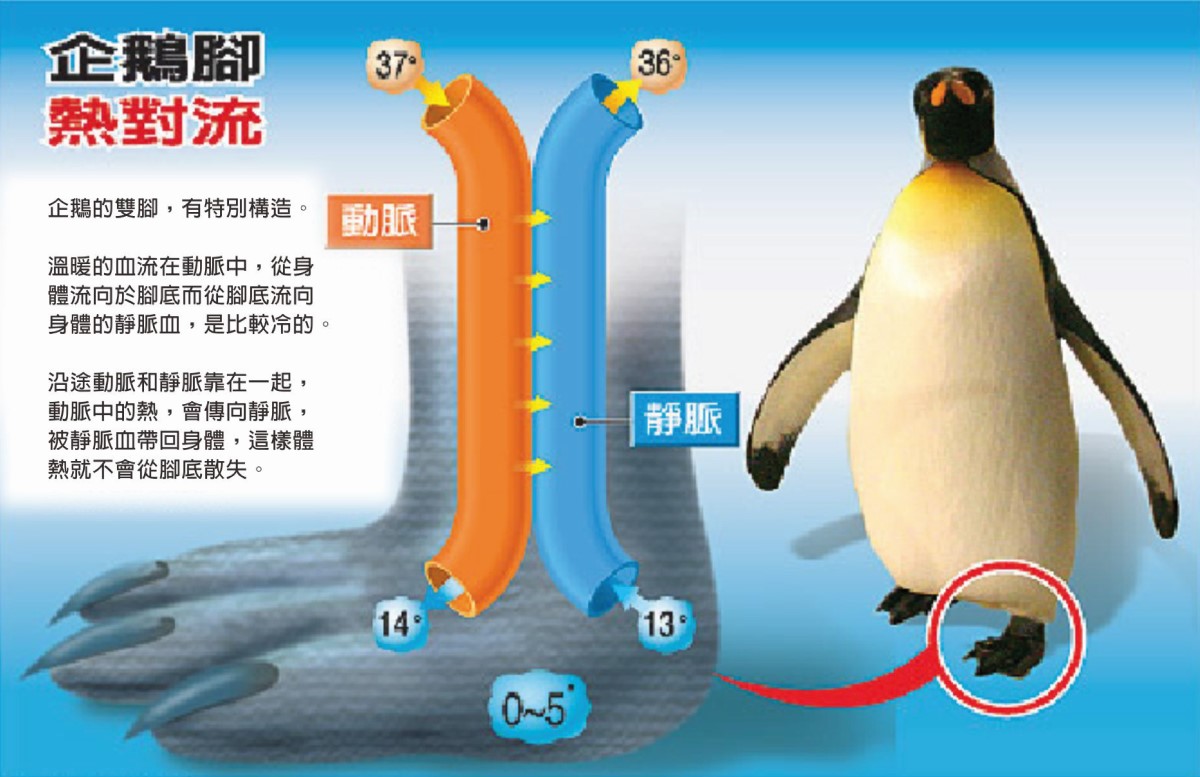
The inspiration for Biyoung's patented technology comes from penguins' biological systems that evolved to conserve energy in harsh polar environments. Their leg blood vessels' countercurrent exchange system can reduce heat loss by 80%. Applying this biomimetic technology to high dissolved oxygen water dispensers achieves over 90% oxygen utilization efficiency, which is key to commercializing these machines as "Biyoung Oxygen Dissolvers".
"Countercurrent Exchange System" (CES)
With advancing technology, countries worldwide are developing biotechnology industries. Among all biological technologies, bionics has become mainstream. The "Countercurrent Exchange System" mimics the biomimetic technology unique to penguins and fish. Penguins use this system to reduce heat loss by 80%; fish gills' countercurrent exchange system increases oxygen exchange efficiency from 50% to 90%. The "Countercurrent Exchange System" is crucial for penguin and fish survival, evolved as a specialized function and energy-saving system to cope with specific environments.
"Countercurrent Exchange System" is a biological term.
Penguins live in the freezing Antarctic environment. Even with fur for warmth, when penguins stand with their feet directly on frozen ground, blood flowing through their feet loses substantial body heat. If this cold blood were to flow directly back to the heart, it would be unbearable. Therefore, before reaching the feet, penguins' arterial blood vessels branch into fine streams and closely interweave with venous blood vessels, allowing arterial blood heat to return through veins, raising temperature to 36°C. This means blood cools before reaching the feet to prevent heat absorption by ice, while venous blood returning to the heart warms first to avoid cardiac damage. This reduces penguins' precious heat loss, crucial for polar survival.
In fish gills, blood flows from back to front, opposite to water flow. Deoxygenated blood carrying carbon dioxide first contacts water with high oxygen content, efficiently expelling carbon dioxide and absorbing oxygen from the water. Using countercurrent exchange, blood flowing from back to front increases oxygen exchange efficiency by 40%, ensuring blood entering the body contains maximum oxygen. For fish, countercurrent exchange is vital for survival.
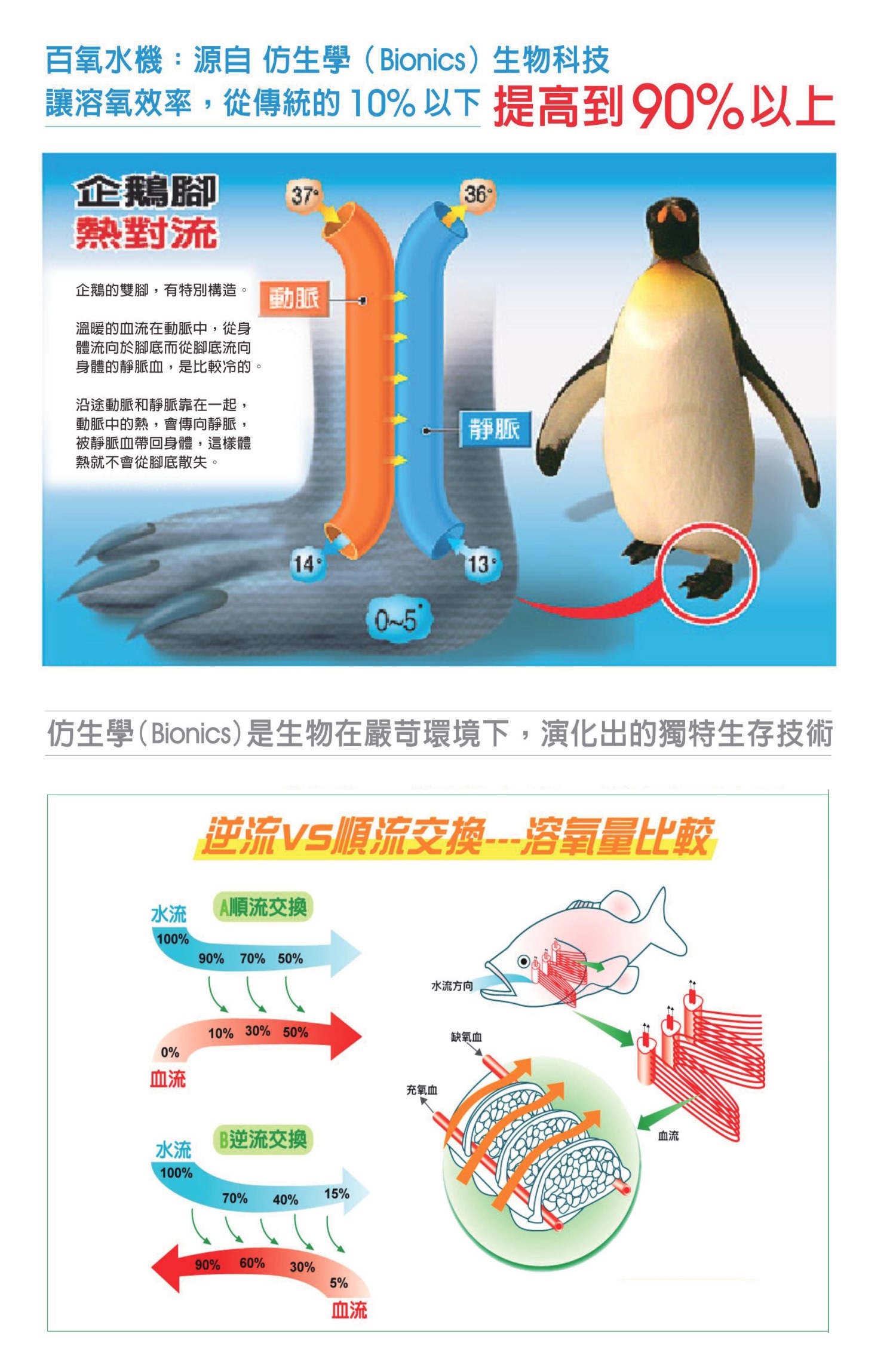
Using the "Countercurrent Exchange System" to produce "High Dissolved Oxygen Water" not only supports energy conservation and carbon reduction but most importantly achieves over 90% oxygen utilization efficiency and can increase water's dissolved oxygen content to over 100PPM (normal water contains only 3-5ppm). The "Countercurrent Exchange" device design principle has water entering from the top inlet, flowing through over 10 exchange layers, each divided into four oxygen chambers. During the process, water flows downward while pure oxygen flows upward, performing over 40 "countercurrent exchanges" to produce oxygen-saturated high dissolved oxygen water.
